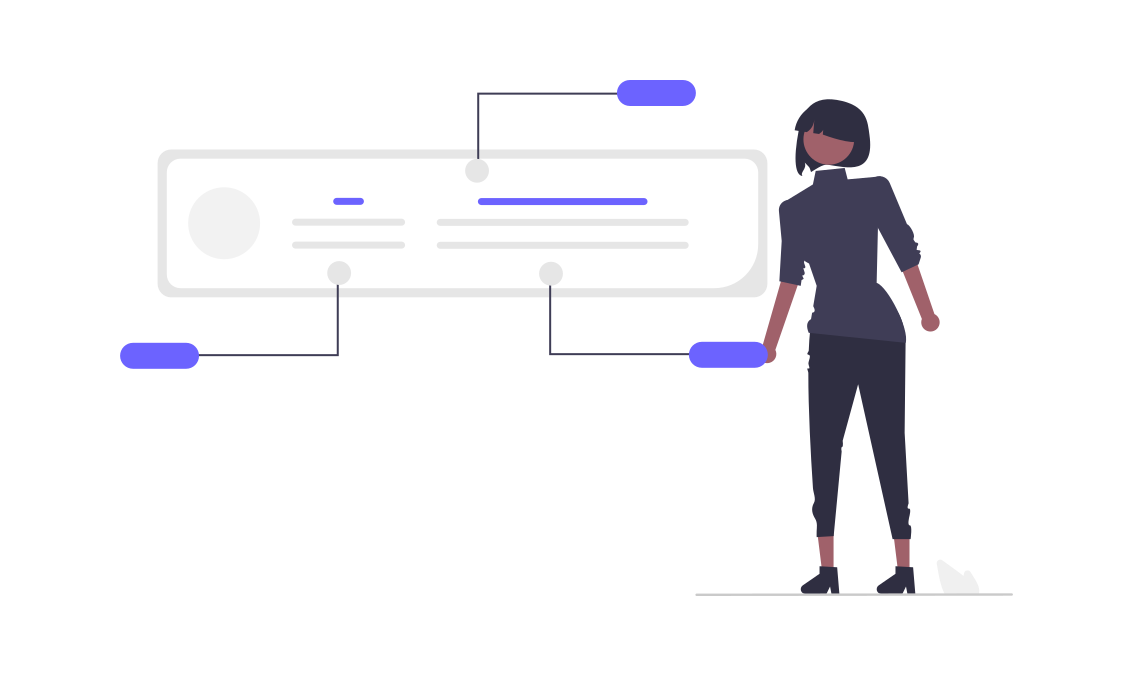In the world of marketing, understanding your audience is paramount. While demographic data provides insights into who your customers are, psychographic segmentation delves deeper into understanding why they behave the way they do. This blog will explore effective strategies for identifying and targeting your ideal market segments using psychographic data.
What is Psychographic Segmentation?
Psychographic segmentation is a marketing strategy that divides a market into different segments based on various psychological traits that influence consumer behavior. These traits include lifestyle, personality, values, opinions, interests, and social status. Unlike demographic segmentation, which focuses on statistical data such as age, gender, and income, psychographic segmentation seeks to understand the underlying motivations and attitudes driving consumer actions.
Benefits of Psychographic Segmentation
-
Enhanced Personalization: By understanding the psychological drivers of your audience, you can create more personalized and relevant marketing messages that resonate with them on a deeper level.
-
Improved Customer Engagement: Tailoring your content to align with the values and interests of your audience can lead to higher engagement rates and more meaningful interactions.
-
More Effective Targeting: Psychographic segmentation allows you to target your marketing efforts more precisely, reaching the segments of your audience most likely to convert.
-
Competitive Advantage: By leveraging psychographic insights, you can differentiate your brand from competitors who may only use demographic data, thus gaining a competitive edge.
Strategies for Identifying Psychographic Segments
-
Conduct Surveys and Questionnaires
Surveys and questionnaires are powerful tools for gathering psychographic data. Ask open-ended questions that explore your audience's values, interests, and lifestyle choices. Questions like "What hobbies do you enjoy?" or "What factors influence your purchasing decisions?" can provide valuable insights.
-
Leverage Social Media Insights
Social media platforms are treasure troves of psychographic data. Analyze the content your audience engages with, the pages they follow, and the comments they leave. Tools like Facebook Insights and Twitter Analytics can help you uncover patterns in behavior and interests.
-
Analyze Website Analytics
Use website analytics tools to track visitor behavior on your site. Look at which pages they visit, how long they stay, and what content they interact with. This data can reveal their interests and preferences, helping you to build psychographic profiles.
-
Customer Interviews and Focus Groups
Conducting in-depth interviews and focus groups with your customers can provide a deeper understanding of their motivations and attitudes. These qualitative methods allow for a more nuanced exploration of psychographic factors.
-
Utilize Psychographic Profiling Tools
Several online tools and platforms specialize in psychographic profiling. Services like VALS (Values and Lifestyle) and Claritas PRIZM can help you segment your audience based on a wide range of psychographic attributes.
Strategies for Targeting Psychographic Segments
-
Create Buyer Personas
Develop detailed buyer personas that encapsulate the psychographic traits of your ideal customers. Include information about their values, interests, personality traits, and lifestyle choices. Use these personas to guide your marketing strategies and content creation.
-
Tailor Your Messaging
Craft marketing messages that speak directly to the psychographic profiles of your target segments. Highlight aspects of your product or service that align with their values and interests. For example, if you’re targeting eco-conscious consumers, emphasize your brand’s sustainability efforts.
-
Develop Content That Resonates
Create content that appeals to the psychographic characteristics of your audience. This could include blog posts, videos, and social media content that align with their interests and values. For instance, if your audience values health and wellness, produce content that addresses these topics.
-
Personalize User Experience
Use psychographic data to personalize the user experience on your website and other digital platforms. Show personalized product recommendations, targeted ads, and tailored content based on the psychographic profiles of your visitors.
-
Segment Your Marketing Campaigns
Divide your marketing campaigns into different segments based on psychographic data. This allows you to create targeted campaigns for each segment, increasing the likelihood of resonating with each group. Use different messaging, visuals, and channels for each psychographic segment.
Challenges and Considerations
While psychographic segmentation offers many benefits, it also comes with challenges. Collecting accurate psychographic data can be time-consuming and complex. It’s crucial to ensure the privacy and ethical use of this data. Additionally, psychographic traits can change over time, requiring ongoing research and adjustment of your strategies.
Conclusion
Psychographic segmentation is a powerful tool for modern marketers looking to deeply understand and effectively target their ideal customers. By leveraging psychological insights into your audience's behavior, you can create more personalized and impactful marketing strategies. Implementing the tips outlined in this blog will help you identify and engage with your target market segments more effectively, ultimately driving better marketing outcomes.


